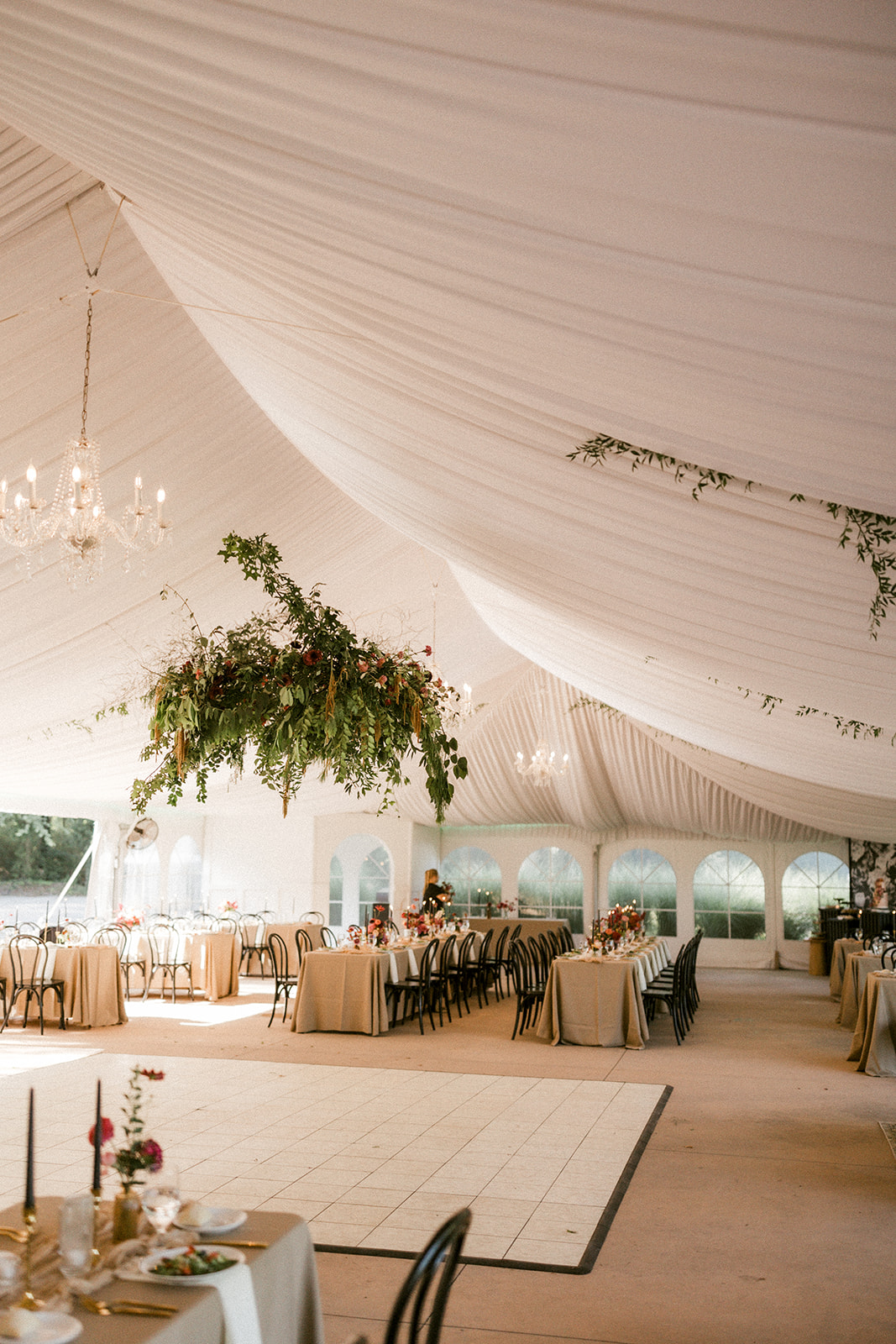Selecting the appropriate components for building a long-lasting and secure external dance floor is crucial for ensuring an enjoyable session. Exterior movement floors must withstand various weather conditions while offering a firm foundation for dancers and attendees. Thus, it is essential to evaluate factors such as material resilience, safety attributes, and maintenance requirements when making selections. This article will explore several suitable options and their advantages in creating an open-air dance floor.
One popular option for outdoor dance floors is wood. Wood offers a traditional and inviting aesthetic that many find appealing. Solid woods like beech or ash are particularly preferred due to their durability and ability to absorb shock, which can safeguard dancers’ joints. Additionally, wood has natural anti-slip qualities when finished correctly, reducing the risk of injuries. However, preserving a timber dance floor requires regular sealing and refinishing to shield it from humidity and UV damage, rendering it critical to account for the environment in which the floor will be placed.

Another viable option is synthetic composites, which blend natural fibers with plastic. These materials are engineered to be impervious to humidity, mildew, and discoloration from UV exposure. Composite dance floors offer durability similar to conventional wood without the extensive upkeep. They are less susceptible to warping and splitting than natural wood click for more info floors when subjected to extreme environmental conditions. Furthermore, composite materials often have built-in slip resistance features, making them a safer selection for open-air occasions.
For those looking for a more contemporary approach, interlocking tiles made of PVC or rubber are excellent options. These tiles are designed for easy moved here installation and can be reconfigured or swapped as needed. The versatility of using interlocking tiles permits rapid assembly and disassembly, making them suitable for short-term dance venues or gatherings. Additionally, these materials provide cushioning that enhances comfort while dancing and minimizes the risk of injuries caused by falls. The non-porous nature of PVC and rubber also helps prevent water absorption, further prolonging the lifespan of the flooring.
Ultimately, it is crucial to consider the location and intended use of the outdoor dance floor when selecting materials. For instance, if the dance floor will be situated in a high-traffic area or exposed to inclement weather regularly, choosing robust materials that require minimal maintenance will be essential. On the other hand, for less intense use or in more sheltered locations, less heavy options may be adequate. In any case, emphasizing safety aspects such as grip and impact resistance should stay at the center of design.
To summarize, constructing a long-lasting and secure open-air dance floor involves careful consideration of various materials suited for different environments and purposes. Timber provides classic aesthetics but demands consistent care; engineered composites blend aesthetics with resilience; interlocking tiles provide versatility and ease of use. At the end of the day, identifying the unique requirements of the dance floor's planned use will guide decision-making toward selecting the most appropriate material for an satisfying and secure dancing experience in outdoor spaces.
Comments on “Choosing the Perfect Resources for Constructing a Sturdy and Secure External Dance Surface”